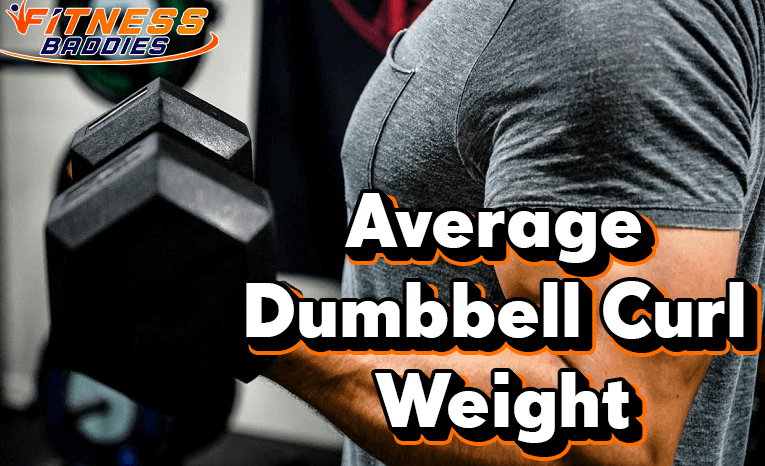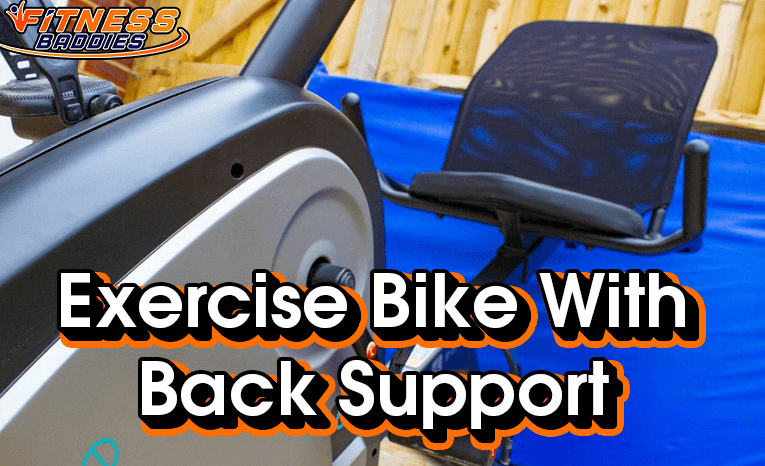Calisthenics vs Weights | Which is Best For Building Toned Muscle? – Why Not Do Both?!
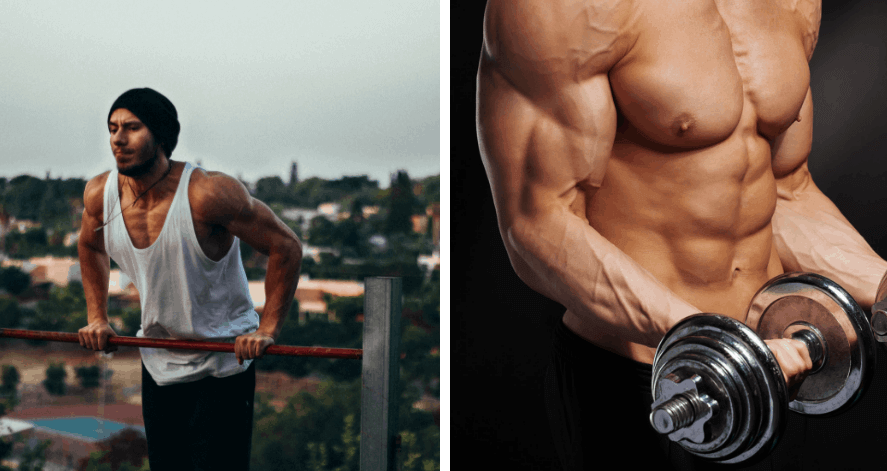
Calisthenics and weight lifting are two of the most popular resistance training methods for those aiming to build muscular size, strength, as well as stamina and endurance. Both help you gain muscle and trim excess body fat, but beginners often struggle to choose between the two.
Though the internet is filled with strong opinions on both sides of this debate, the best results are obtained when you combine the two in a way where both complement each other.
This article explores the foundations and nuances of resistance training, and discusses the advantages and disadvantages of calisthenics and weight lifting as training methods.
Quick Note;
Achieving Great Gains is Every Bit About Your Diet, Too
Weight training is super effective at building and toning your body.
It’s this effective nature of resistance training that makes weight training equipment worth it, be it a small affordable pair of adjustable dumbbells like these here or even these insanely expensive ones that, for some, reason everyone else seems to buy. I sure can’t.
But nobody ever thinks about how they should cater their diet to go alone with their training program. Buy all this expensive calisthenics or weight training equipment, put in the hard work, yet don’t understand why you aren’t getting the body you want and therefore; give up like the other 99%.
All said, the secret to building a greek-god body is to make sure you are putting in just as much effort to your diet as you are your training. what you eat is as crucial as what you do.
The supplements I personally use in my current calisthenics training routine
-
Meal Replacement
After trying 3 different meal shakes, I stuck with Kachava. The taste was awesome for both the Vanilla and chocolate flavors, but it’s the ingredients and nutrient profile that makes Kachava good for us all…it’s what got me sold. Check it out here.
-
Protein / Nutrient Essentials Shake
Another great alternative is the Lyfe Fuel shake, which is a great pick for those who’re tight on budget.
-
Pre Workout – Best Out there for both weight lifting and calisthenics
There are several of these out there, but my advice is, zero-in on natural preworkouts, like the 4-Gauge Pre workout, which I have been using for years now and it not only does a better job than the others. Being beta-alanine free preworkout, it gets the job done without the addition of un-needed ingredients and side effects.
With that out of the way, let’s dive into both weight workouts and calisthenics and help you pick the best one for you.
What is Resistance Training?

Resistance training (also known as strength training) involves exercising various muscle groups by forcing them to contract against an external resistance or weight (hence the name).
This has a range of physiological effects, including creating mechanical tension, damaging the muscle fibers, and causing metabolic stress, all of which contribute to increased muscle size, strength and endurance.
Calisthenics
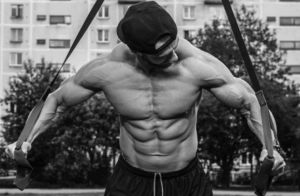
Calisthenics (a.k.a. bodyweight training) and weight lifting are two discrete and common methods of resistance training. The main difference between the two is obviously in the source of weight they utilize to stimulate the muscles.
Calisthenics primarily uses your bodyweight as the external resistance. While it frequently incorporates equipment like pull-up bars and dip bars, one of bodyweight training’s greatest appeals is that it can be performed anywhere and at anytime.
Seriously, you don’t need any complicated equipment for essential fitness exercises like the supewoman workout, the one punch man workout, or something like the double crunch or wall-sits or squats.
All you need is your own bodyweight and a small amount of space in which to move freely.
Common calisthenics exercises include: (1)
- pull-ups
- rows
- push-ups
- dips
- squats
- lunges
- sit-ups / crunches
- and leg raises
Weight Lifting

Weight lifting, on the other hand, utilizes independent objects to create the resistance against which your muscles contract.
This includes free weights like a pair of low-cost adjustable dumbbells, kettlebells, and budget barbells & plates. You will also need strength training equipment like the smith machine, hack squat machine. lat pulldown machines, all-in-one home gyms, power racks and different types of squat racks.
Both training methods have unique benefits and drawbacks that make them best suited for different fitness goals. As such, neither one is “better” than the other.
Ultimately, it’s wise to choose the method that best aligns to what you’re trying to achieve. And in fact, utilizing both methods in a complementary manner can maximize your gains and aesthetic appeal. Some of us even throw in a dose of cardio after workout sessions to maximize our cardio gains and keep hitting harder, in the gym.
Before we go into a detailed comparison of calisthenics and weight training, let’s take a quick look at the range of benefits you can expect from doing strength training of any sort.
The point of this is to build the case that, while we understand you may want to know how to best use your time to achieve your strength and aesthetic goals, ultimately it doesn’t matter what kind of training you do as long as you just get on and do it.
The Benefits of Resistance Training Go Well Beyond Size and Strength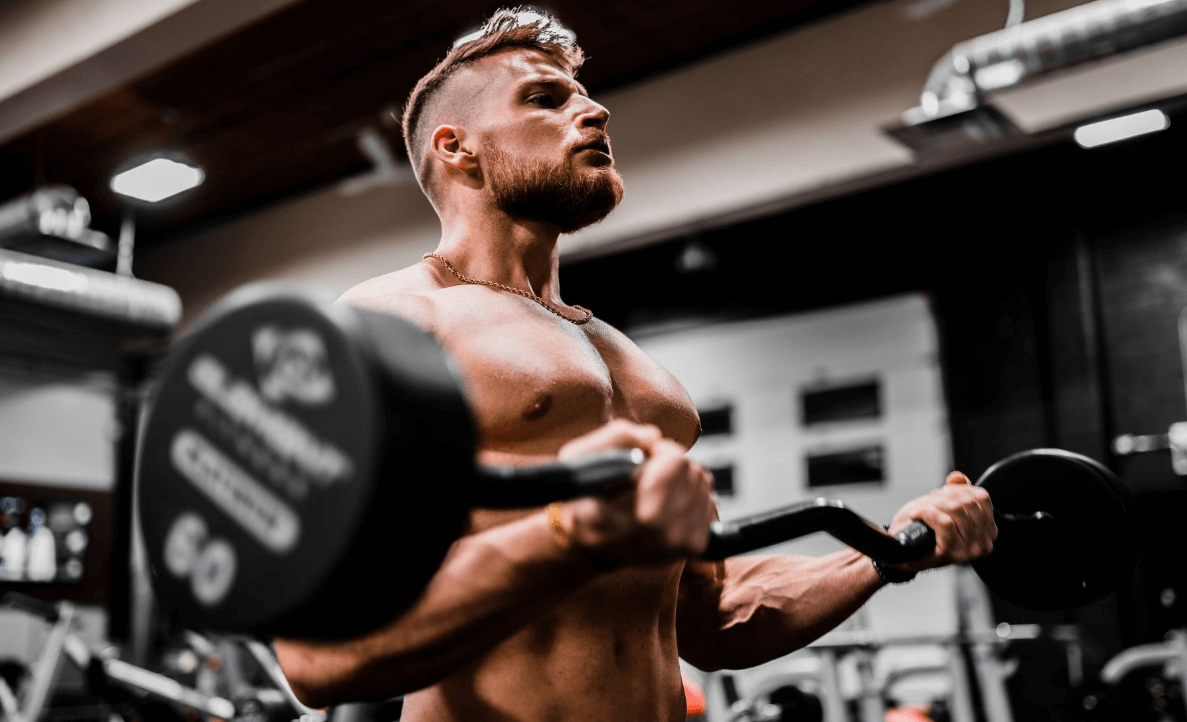
Besides achieving fitness goals, there are various other benefits of engaging in resistance training beyond those that just apply to your muscle conditioning.
Among the major benefits is also the potential for regular strength training to help and prevent risk of injury during sports training or other rigorous training activities. It has also been shown to improve not only your stamina, endurance, and muscle conditioning but also your confidence and overall well-being.
Along with positively impacting physical issues, resistance training has also been shown to be successful in improving mental health. Studies have shown that resistance training can lead to improvements in memory, sleep quality, self-esteem and overall cognition.
As you can see, engaging in regular resistance / strength training, irrespective of the type you do or the overall aim, will benefit you both physically and mentally. Now let’s compare calisthenics bodyweight training and weight lifting.
Calisthenics vs Weight Lifting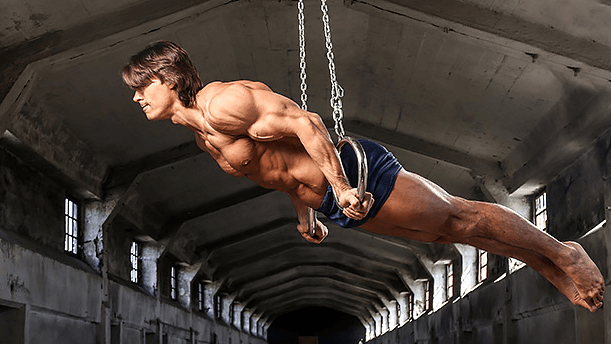
Though calisthenics and weight lifting both help you achieve a similar set of fitness goals, mixing them together can balance out their deficiencies to provide maximum benefits. While this may not be necessary if you’re simply looking to get lean and stay fit, combining both methods and working hard at them can increase your body’s aesthetic appeal manifold.
Much of how you combine the two depends on your specific motivations behind working out. You could be chasing hypertrophy, training for a sport, or simply trying to be fit enough to do some cool tricks with your bodyweight during such workouts as the planche lean.
Either way, adding pull-ups, planks and pushups to your weight training or squats and deadlifts to your calisthenics training is certainly manageable and beneficial.
Ultimately, the choice is a matter of preference. You could stick to either one training method or go with both depending on which routine you feel most comfortable with. The most important component of attaining your goals is not choosing the best method, but training the right way.
As long as your workouts are of the required intensity and implement the right exercises with correct form, you’ll see improvements in your physique no matter which training method you choose.
Pros and Cons of Calisthenics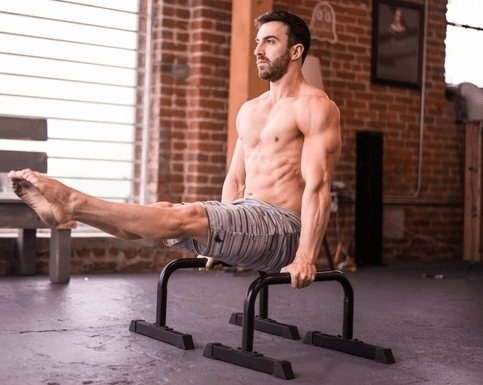
These are the many advantages of doing calisthenics: (3)
Training flexibility
Since calisthenics uses your own bodyweight to generate tension during exercises, you can perform them in any environment without the need for much space or any equipment.
Be it your office, home, park, or anywhere else, working out won’t be an inconvenience, you can always hit 1000 squats a day even when living in a cramped basement, or start doing push-ups or planks almost immediately in most places with no preparation to mention. This is especially useful if you travel often as it allows you to stay fit on the go.
Extremely cost-effective
The flexibility of calisthenics as a training method radically decreases the amount of money you’d have to spend to get started. You don’t need a gym membership, you don’t need a home gym setup all you will need is just some basic strength training equipment.
Beginner-friendly
Calisthenics is arguably a better choice for beginners. You don’t need any equipment, and the chances of injuring yourself while exercising are lower here than when weight lifting, you can just start working out by doing push-ups.
Following the wrong form has much fewer consequences, since your body can generally handle its own weight. However, this does not mean that calisthenics isn’t challenging.
There are easy and difficult versions of many of its staple exercises that you can follow based on your level of proficiency but I would say it’s easier for a beginner than doing a seated tricep press or a military press.
More real-life application
Calisthenics exercises generally involve several muscle groups simultaneously, allowing you to train your body more efficiently. This characteristic of calisthenics also means that it has many functional benefits because real life movements often require muscle coordination that calisthenics exercises utilize.
These are a few of the many merits of calisthenics.
However, this training method also suffers from the following drawbacks:
Slower muscle mass growth
If your main motivation for working out is to get bigger muscles, calisthenics might not be the best option for you. Muscle growth demands progressive overload—gradually increasing the weight on your muscles.(4)
However, since you’re using only your bodyweight, this is can prove to be more difficult to achieve, resulting in slower muscle growth. This also restricts the amount of muscle you can gain, since there is only so much tension your bodyweight can offer regardless of the difficulty of some exercises.
Might cause muscle imbalances
Calisthenics majorly relies on compound movements in its exercises, preventing you from targeting specific muscles in your body. This might result in muscle imbalances, since some parts will inevitably be trained more than others.
Less suitable for developing your lower body
Bodyweight exercises are fairly limited in the tension they can generate on different parts of your legs. Few exercises can match weighted squats or deadlifts when it comes to building bigger quads, and weight lifting is a better option if developing your lower body is a priority for you.
Pros and Cons of Weight Lifting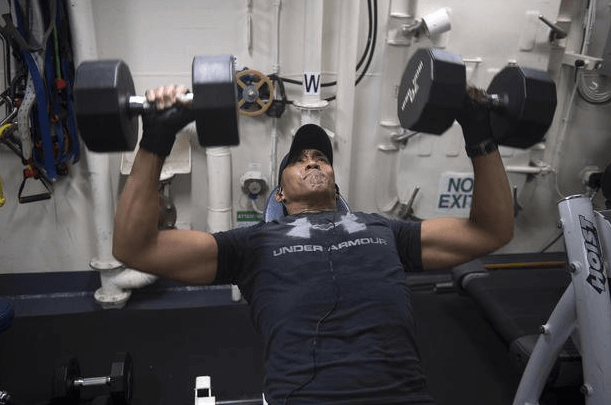
Weight lifting does offer some unique benefits over calisthenics:
Progressive overload is much easier
As mentioned earlier, progressive overload is the key to muscle and strength gains. Since weight lifting involves working with weights that far exceed your body weight, it stimulates your muscle fibers much more efficiently.
Better for isolating muscles
While calisthenics primarily relies on compound movements, weight lifting allows you to combine these with isometric movements— those that target specific muscles— as well. Though targeted exercises are available in calisthenics as well, the process is much simpler in weight lifting.
More suitable for people who are overweight
Bodyweight exercises are considerably harder if you’re heavy. This can stunt your progress, and drain your motivation to stick with it long enough to see the benefits. As such, weight lifting might be a better place to start if you’re overweight.
Despite these benefits, there are some considerable disadvantages to pursuing weight lifting that you might want to consider before diving into it:
It can be extraordinarily expensive
If you’re going to pursue weight lifting of some type, there’s no way out of having to spend substantial amounts of money. The estimated average cost of a gym membership in the US is around $696 per year.
If you’re in it for the long run and have some space at home or in your garage, you can build your own beginner home gym to save money. However, even this will require a fairly substantial cash investment.
For example, good quality, affordable dumbbells can easily cost upwards of $200. If you want to do barbell training safely, you’ll need a decent power rack which can run you anywhere from $500 to over $1000.
Higher risk of injury
It’s no secret that weight lifting can result in some very painful injuries due to the amount of weight involved and the need for correct form, you are going to need to measure your fitness level before doing any weight lifiting.
Injuries can result from calisthenics as well, but the magnitude of damage one can suffer in weight lifting is much higher. Even the most experienced weightlifters are vulnerable to this, making it advisable to be cautious when working out.
Potentially fewer functional benefits
While weight lifting is a good pathway to strength and muscle gains, there are potentially limited ways in which you can utilize this in your real life movements. Calisthenics promotes greater muscle coordination that is far more suitable for natural movements like climbing a ledge.
If nothing else, you can practice some of the cooler calisthenics exercises, such as dragon flag or handstand pushup, to impress your friends.
Transitioning From Calisthenics to Weight Lifting or Vice Versa

If you already practice either calisthenics or weight lifting, you might want to incorporate the alternative method for a variety of reasons. Those who do calisthenics might want to correct muscle imbalances, or weightlifters could be suffering from pains and aches that make bodyweight exercises more suitable.
Either way, transitioning from one to the other can be difficult, especially when going from weight lifting to calisthenics. You will most likely find that certain exercises are far more challenging than you anticipated. It will take time and effort for you to build up the necessary strength to perform them properly.
Alternatively, if you’re switching from calisthenics to weights, it is imperative that you sufficiently research the kind of training programs that suit your intended goals best.
Ultimately, incorporating elements of both training methods will lead to well-rounded overall development.
Summary
Weight lifting and calisthenics are both incredibly popular training methods with loyal supporters who swear by them, often at the expense of the other. However, it is important to remember that neither method is the ‘better’ one, and it all comes down to how you train rather than what method you follow.
Whichever fits your budget, suits your lifestyle, and makes you enjoy working out is the right choice. If you still have trouble deciding, you can always just do both.
Related Readings:
- Should I Train Shoulders After Chest Day?
- Getting Your Buns and Thighs in Order: Learning More About the J Hooks Squat Rack
- Dumbbell-Only Workouts
- How Long Should I Run on the Treadmill?
- Zottman Curl: How To, Variations, Benefits, Muscles Worked, Beginner Mistakes, & Alternative Exercises
- I Did 100 Pushups 100 Situps 100 Squats for 30 Days – Results and What I Learned
References:
- https://thefitnesstribe.com/list-of-calisthenics-exercises/
- https://www.livestrong.com/slideshow/1008208-13-benefits-weightlifting-one-tells/
- https://www.shape.com/fitness/trends/what-is-calisthenics-workout-benefits
- https://www.bodybuilding.com/content/progressive-overload-the-concept-you-must-know-to-grow.html
